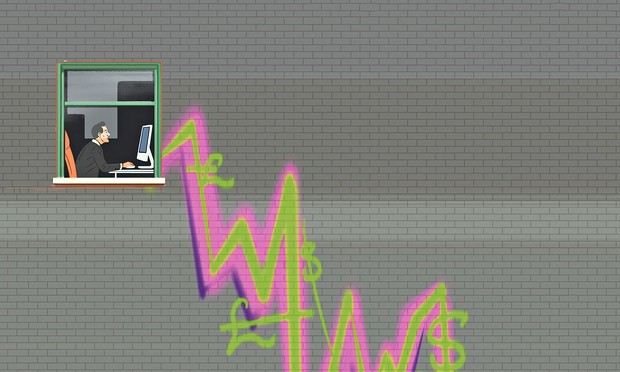Man V Seven Major Players in HighFrequency Trading
Post on: 26 Сентябрь, 2015 No Comment

High-frequency trading has grabbed headlines in the past year, but little is known about the top players in the business.
These speed-focused hotshots aren’t household names such as George Soros or Warren Buffett. That’s partly because of the the secretive nature of the industry, which has largely shunned the limelight, at least until recently.
In all likelihood, the first true high-frequency trading operation got its start in the unlikely place of Mount Pleasant, S.C. What came to be known as Automated Trading Desk. or ATD, was launched in the late 1980s by a small group of finance and computer whizzes, including David Whitcomb and Steven Swanson.
Whitcomb, a finance professor at Rutgers University, had been alarmed by the failure of market makers during the crash of Black Monday, Oct. 19, 1987. when the stock market took its steepest ever one-day dive. Convinced that computers could automate the function of market makers, who buy and sell stocks on behalf of clients, Whitcomb got in touch with James Hawkes, a former student who was teaching statistics at the College of Charleson in South Carolina. They eventually brought on a team of computer and math experts—including Swanson —and set up shop in Hawkes’ house.
Originally called Mount Pleasant, ATD tracked dozens of factors that impact stocks and rapidly calculated which direction those stocks would move. Swanson, who eventually ran the firm, came to believe that ATD’s computer-driven strategies could operate far more efficiently than a human trader. In 2007, Citigrouppurchased ATD for $700 million and Swanson became co-head of Citi’s global electronic trading group. He recently left the bank and is rumored to be starting up a new trading firm.
Dan Tierney and Stephen Schuler
In the mid-1990s Dan Tierney and Stephen Schuler, co-founders of high-frequency market making giant Getco, were floor traders banging elbows in Chicago’s futures and options pits. But as they witnessed the rise of electronic trading platforms all around them, they realized that they could soon be dinasaurs. In October 1999, on a Friday afternoon, they founded Getco —short for Global Electronic Trading Co.—over a handshake. They set up shop in a tiny Chicago Mercantile Exchange office lined with computers and started trading futures contracts tied to the S&P 500.
They rapidly pushed into more securities, including Treasuries, ETFs and currencies. Today, Getco is one of the most active trading operations in the world.
Dave Cummings

David Cummings
David Cummings
Dave Cummings is known within the high-speed community as one of the smartest market-structure minds in the world. And yet he has never worked in either New York or Chicago—the two hubs of electronic markets. Instead, Cummings runs his world-class high-frequency trading outfit, Tradebot Systems. out of a small nondescript office in Kansas City.
His timing was fortuitous, as a new generation of fast-moving electronic communications networks, or ECNs, had been popping up, competing with giants such as the New York Stock Exchange and Nasdaq. Cummings started trading stocks and ETFs on networks such as Island ECN, Archipelago and Brut. To Cummings’ dismay, however, in the early 2000s, the NYSE and Nasdaq OME. rather than create their own electronic platforms, started to scoop up their rivals—NYSE Euronext merged with Archipelago; Nasdaq purchased Brut and then Island (which had merged with another elecronic market, Instinet). To create more competition, Cummings launched his own ECN—Better Alternative Trading System. or BATS. Today, BATS controls about 10% of U.S. stock market volume.














